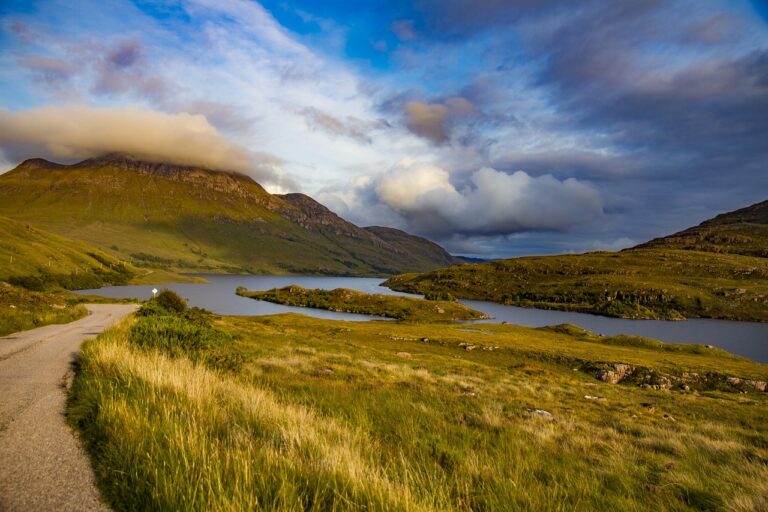Exploring Iconic Urban Parks and Green Spaces
Urban parks and green spaces serve as essential oases in bustling cities, offering a refuge from the concrete jungle and providing a natural environment for relaxation and recreation. These green areas are characterized by their lush vegetation, diverse plant life, and well-maintained landscaping, which contribute to a sense of tranquility and well-being for park visitors.
In addition to their aesthetic appeal, urban parks often feature recreational activities such as jogging trails, playgrounds, sports fields, and picnic areas, catering to the various needs and interests of the local community. These amenities not only promote physical activity and social interaction but also foster a sense of community spirit and cohesion among residents who frequent the park.
Historical Significance of Urban Parks
Urban parks hold a rich historical significance that dates back centuries. These green spaces have played a crucial role in shaping the social fabric of cities around the world. From ancient Roman gardens to the sprawling Central Park in New York City, urban parks have provided a retreat from the hustle and bustle of urban life for generations.
Moreover, urban parks have often served as gathering places for communities to come together, celebrate events, and enjoy recreational activities. They have witnessed historical events, political rallies, and cultural festivals, making them integral to the identity of many cities. The design and development of urban parks reflect the values, beliefs, and priorities of the societies that created them, offering a window into the past and a connection to our shared history.
Why are urban parks and green spaces important in cities?
Urban parks and green spaces provide recreational areas for residents to relax, exercise, and connect with nature in the midst of a bustling city environment. They also help improve air quality, reduce heat island effects, and support biodiversity.
What are some key features of urban parks?
Urban parks often include features such as walking paths, playgrounds, sports facilities, picnic areas, and gardens. Some parks may also have historical monuments, public art installations, or cultural events.
How have urban parks evolved over time?
Urban parks have evolved from royal hunting grounds and private estates to public spaces accessible to all residents. They have gone through periods of expansion, neglect, and revitalization, reflecting changing societal values and urban planning trends.
What is the historical significance of urban parks?
Urban parks have played an important role in improving public health, social cohesion, and quality of life in cities throughout history. They have also been used as political symbols, places of protest, and settings for cultural events.
How do urban parks contribute to sustainable urban development?
Urban parks contribute to sustainable urban development by providing green infrastructure, promoting physical and mental well-being, and supporting environmental conservation efforts. They also help mitigate the impacts of climate change and urbanization.





